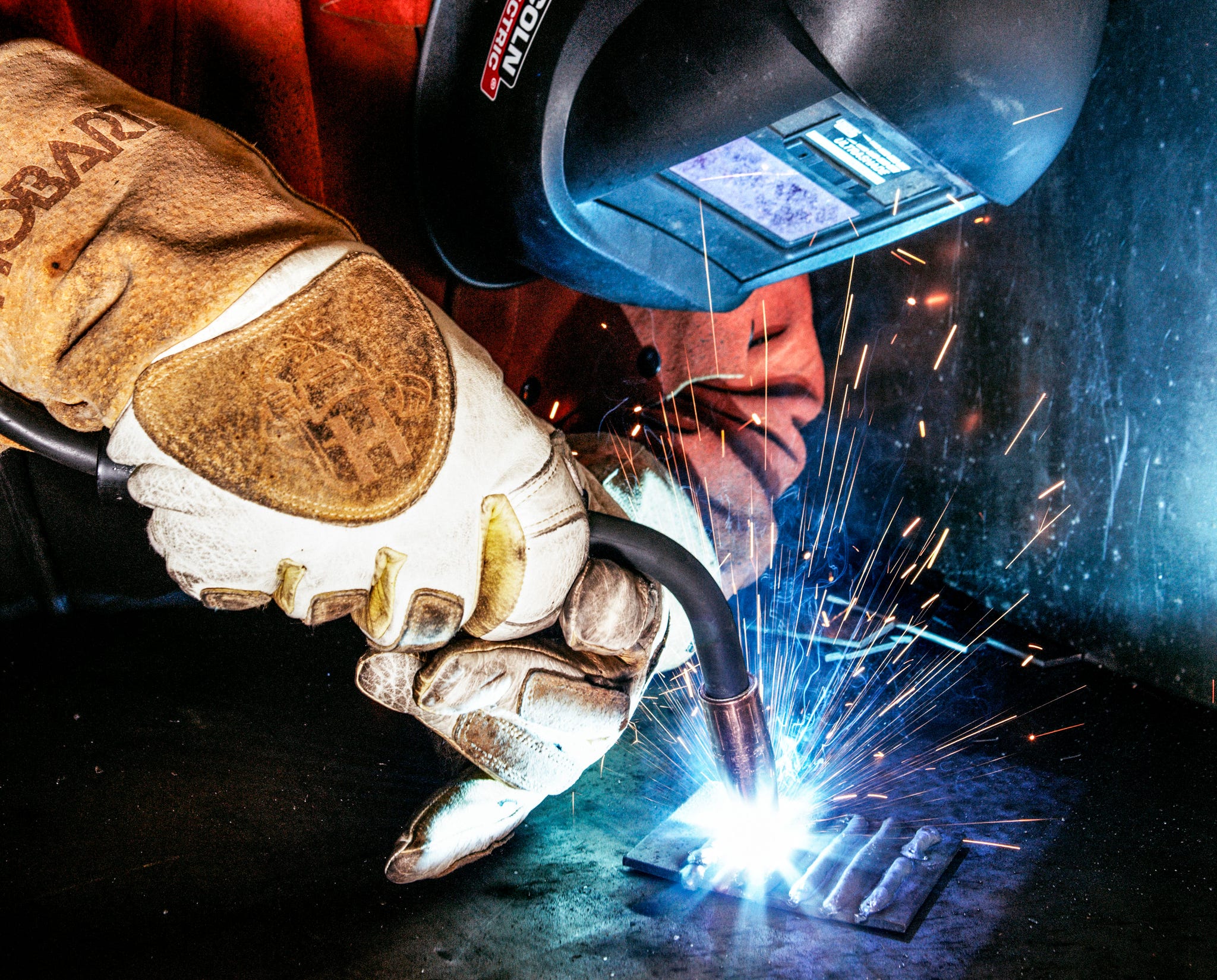The Significance of Welding WPS: Guaranteeing Top Quality and Security in Your Projects
The Significance of Welding WPS: Guaranteeing Top Quality and Security in Your Projects
Blog Article
The Ultimate Overview to Welding WPS Procedures: A Thorough Introduction for Welders
In the detailed globe of welding, Welding Procedure Specs (WPS) act as the backbone of making sure top quality, uniformity, and safety in welding operations. Recognizing the subtleties of creating, applying, and keeping an eye on WPS treatments is essential for welders looking to raise their craft and meet sector criteria. As we look into the various parts of a WPS and explore the ins and outs of certification and qualification, we will certainly discover the important function these treatments play in the world of welding. Let's get started on a trip to untangle the intricacies and significance of WPS procedures in welding practices.
Significance of WPS Procedures
Understanding the significance of Welding Treatment Specifications (WPS) treatments is critical for making certain the high quality and stability of welded frameworks. WPS treatments function as a roadmap for welders, outlining the essential steps, parameters, and products needed to achieve an audio weld. By sticking to WPS standards, welders can ensure uniformity in their job, bring about structurally audio and dependable welds.
Among the main reasons that WPS treatments are important is their duty in preserving weld quality and honesty. Following the defined welding criteria and techniques laid out in the WPS assists avoid issues such as porosity, cracking, or incomplete blend, which can jeopardize the toughness and toughness of the weld. In addition, WPS procedures are essential for ensuring compliance with market criteria and codes. By complying with well-known WPS guidelines, welders can show that their work meets the needed needs for security and quality, providing assurance to clients, inspectors, and regulatory bodies. Essentially, the relevance of WPS procedures can not be overemphasized, as they are fundamental to attaining constant, high-grade welds that satisfy sector criteria and specifications.

Components of a WPS
A Welding Procedure Requirements (WPS) commonly makes up vital components that information the certain demands for executing a weld, guaranteeing consistency and top quality in the welding process. The vital elements of a WPS consist of vital variables such as base metals, filler metals, preheat and interpass temperatures, welding procedures, shielding gases, welding positions, and post-weld heat therapy needs.
Base metals refer to the materials being joined, while filler metals are utilized to fill the void between the base steels throughout welding. The welding process details the particular method to be made use of, whether it's gas metal arc welding (GMAW), protected metal arc welding (SMAW), or an additional method. Welding settings specify the positionings in which welding can be executed.

Qualification and Certification
Having established the essential parts of a Welding Treatment Requirements (WPS), the focus currently shifts towards the essential aspects of qualification and certification in welding practices.
Qualification, on the other hand, is the formal acknowledgment of a welder's qualifications by an appropriate qualification body or organization. Welding qualifications are usually based on the particular welding processes, products, and positions a welder is qualified to collaborate with. Holding a legitimate welding certification shows that a welder fulfills industry criteria and is proficient to do welding tasks to the called for requirements.
Developing a WPS
To establish a Welding Treatment Requirements (WPS) that meets market criteria, mindful consideration of welding procedures, materials, and operational parameters is important (welding WPS). The very first step in creating a WPS is to identify the welding procedure to be used, such as gas steel arc welding (GMAW) or secured steel arc welding (SMAW) When the welding procedure is established, the next vital facet is selecting the suitable materials, thinking about elements like base metal type, thickness, and joint style. Functional parameters such as welding existing, voltage, traveling rate, and shielding gas structure need to additionally be diligently defined in the WPS.

Executing and Keeping An Eye On WPS
Upon wrapping up the comprehensive Welding Procedure Spec (WPS) that meticulously details welding Our site processes, products, functional specifications, and quality guarantee procedures, the focus moves to properly carrying out and monitoring the well-known procedures. Execution includes guaranteeing that all welders entailed in the project are familiar with the WPS and follow it diligently during the welding procedure. Reliable application and tracking of the WPS are crucial for guaranteeing the honesty, stamina, and safety and security of the welded joints, inevitably adding to the overall success of the welding job.
Conclusion
To conclude, understanding and adhering to Welding Procedure Specs (WPS) is crucial for welders to guarantee top quality, uniformity, and safety in their go to these guys work. By understanding the parts of a WPS, obtaining appropriate certifications and qualifications, creating comprehensive treatments, and important source executing and monitoring them successfully, welders can improve their skills and proficiency in welding methods. Abiding by WPS treatments is important for producing high-grade welds and meeting sector standards.
In the complex globe of welding, Welding Procedure Specs (WPS) serve as the backbone of making sure high quality, uniformity, and safety in welding operations. The welding procedure describes the specific strategy to be made use of, whether it's gas steel arc welding (GMAW), protected metal arc welding (SMAW), or one more technique.To create a Welding Procedure Spec (WPS) that satisfies market standards, careful factor to consider of welding procedures, materials, and functional parameters is essential. The very first action in creating a WPS is to identify the welding procedure to be utilized, such as gas metal arc welding (GMAW) or secured steel arc welding (SMAW)Upon completing the extensive Welding Procedure Specification (WPS) that thoroughly details welding processes, materials, functional parameters, and high quality assurance steps, the focus shifts to properly executing and checking the well-known procedures.
Report this page